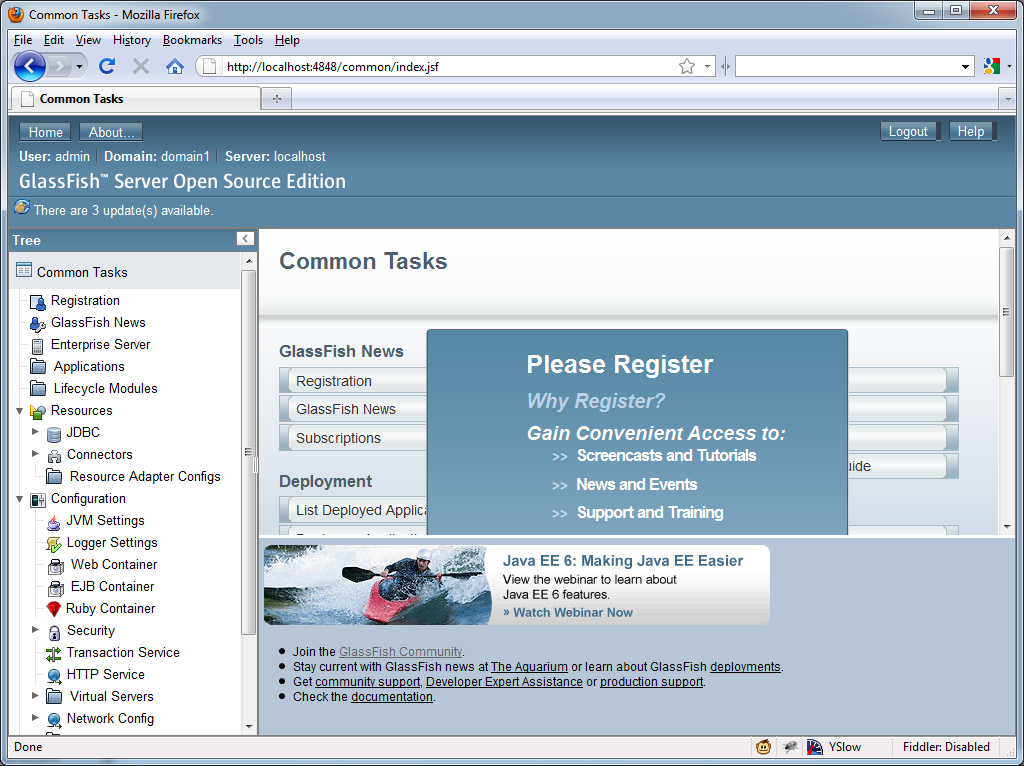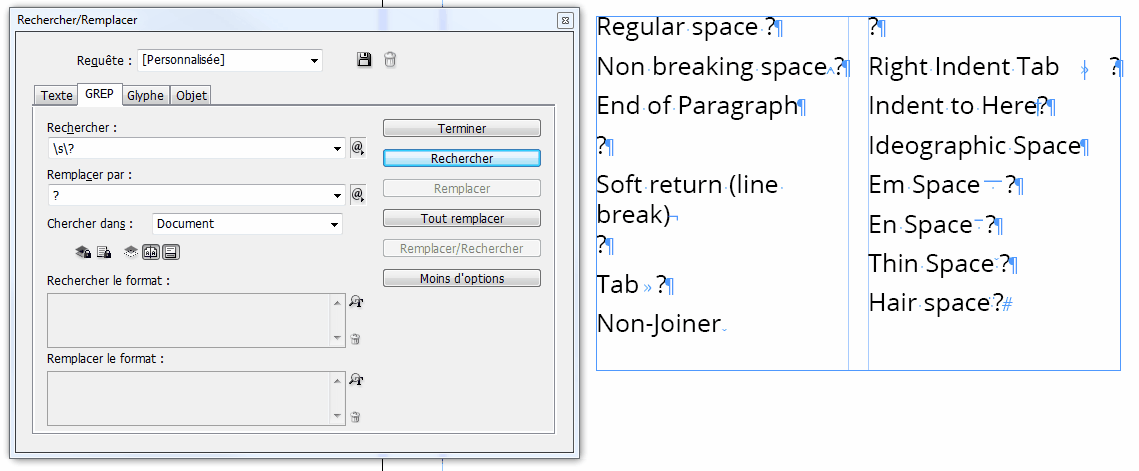

You can combine the string with an anchor. To prevent this, put spaces before and after the pattern: The simplest character set is a character. Matching a character with a character set You might see it in other programs as well. "$" can refer to the last line of a file when using It is one of those choices that other utilities go along with to "!$" is the last argument on the previous line. "!^" to specify the first argument of the previous line, and Vi editor uses these two characters as commands to go to the beginning or "$" as indicators of the beginning or end of a line is a convention "$" is only an anchor if it is the last character.Įscape the special characters with a backslash. "^" is only an anchor if it is the first character in a regular Pattern, then they no longer act as anchors. If the anchor characters are not used at the proper end of the

"A$" will match all lines that end with the capital A. "^A" will match all lines that start with a capital A. "^" is the starting anchor, and the character If you want to search for a pattern that is at one end or the other, Regular expressions examine the text between the separators. You see, the end of line character is not included in the block of That span several lines is not easy to do. Most UNIX text facilities are line oriented. Here is a table of the Solaris (around 1991) commands that allow you to specify regular "regular expression," it describes a feature in both types. There are also two types of regular expressions: the This is a useless regular expression, as you will see shortly. In a regular expression it specifies that the previous character setĬan appear any number of times, including zero. "#" is a simple character set that matches the The up arrow is an anchor that indicates the beginning of the line. Modifiers specify how many times the previous character set is repeated.Ī simple example that demonstrates all three parts is the regular There are three important parts to a regular expression.Īnchors are used to specify the position of the pattern in relation to a line ofĬharacter Sets match one or more characters in a single position.
Grep special characters how to#
You already know how to do this because I covered this topic in last To prevent this expansion, the special characters in a regularĮxpression must be quoted when passed as an option from the shell. Meta-characters are expanded before the shell passes the arguments to

In particular, the Bourne shell, C shell,Ĭpio use file name matching patterns and not regular expressions. Not identical to the asterisk in a regular expression. The square brackets are similar, and the asterisk acts similar to, but Regular expressions confuse people because they look a lot like the Editors can replace the string with a new pattern.

What happens once the program you are using finds it is another matter. Numbers, punctuation characters, you name it, a regular expression can With four or more vowels that end with an You can search for words of a certain size. Regular expressions are more powerful and flexible. It is simple to search for a specific word or string of characters. Patterns that start on one line and end on another. Regular expressions search for patterns on a single line, and not for Most of the UNIX utilities operate on ASCII files a line at a time. Regular expressions are used when you want to search for specific lines "regular" has nothing to do with a high-fiber diet. Original version written in 1994 and published in the Sun ObserverĪ regular expression is a set of characters that specify a pattern. Your mileage may vary.Ĭopyright © 1991 Bruce Barnett & General Electric CompanyĬopyright © 2001, 2008, 2013 Bruce Barnett On Linux and other UNIX systems, you might find out that some of theseįeatures are not implemented. Users, and some of the commands discussed are now obsolete. Sun went through every utility and forced each one to use one of twoĭistinct regular expression libraries - regular or extended. In theġ980's, it was common to have different sets of regular expressionįeatures with different features. Note that this was written in 1991, before Linux.


 0 kommentar(er)
0 kommentar(er)
